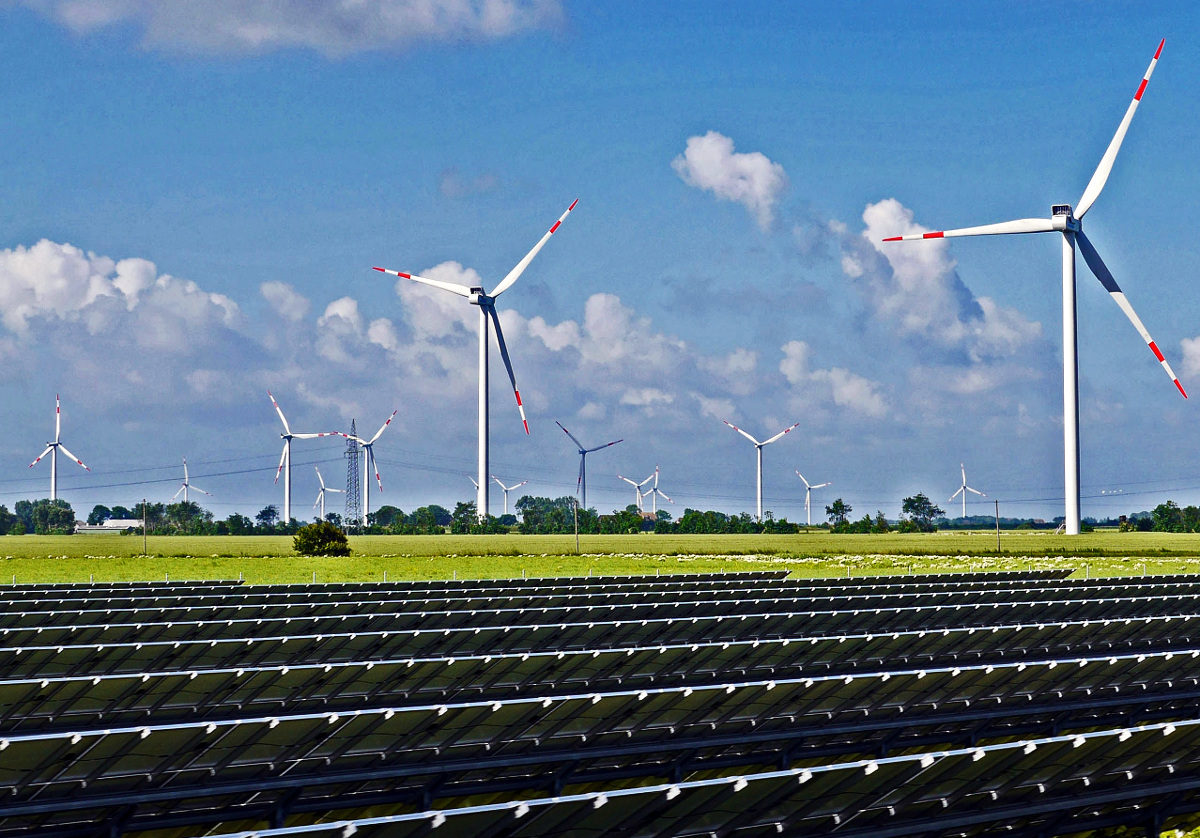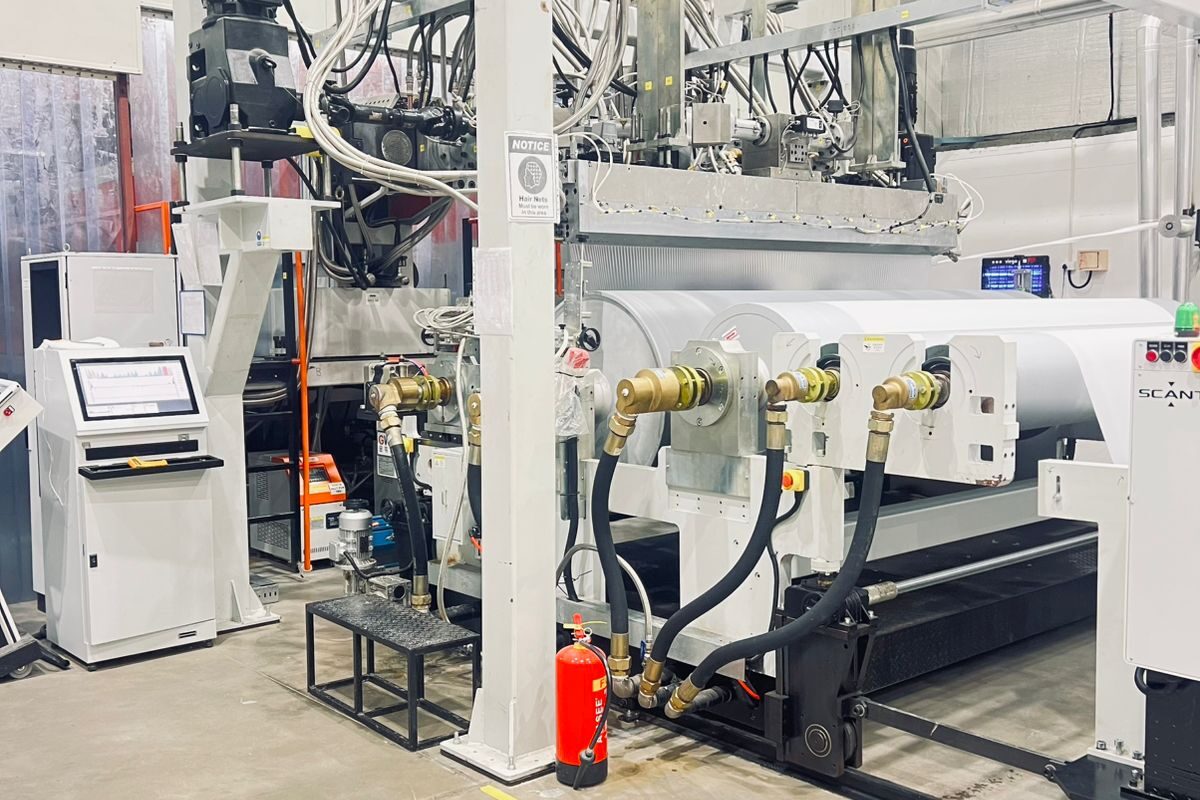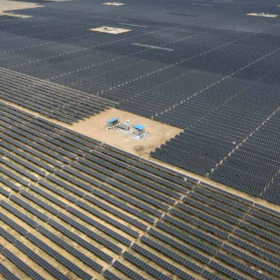As the year 2020 draws to a close, India needs to plan for a more hopeful future. Alongside the Covid-19 pandemic, the year has brought unprecedented floods and increasingly unpredictable weather in the nation. Climate change is already here. Combined, Covid-19 and the floods are negatively impacting the economy and creating a huge jobs crisis.
December 12 marks the fifth anniversary of the signing of the UN Paris Climate Agreement. Next year, governments must attend the COP26 climate negotiations with an increased level of ambition. We have already seen Japan, Korea, and China step up with stronger climate commitments.
With recent government announcements to support struggling sectors like construction, trade, and transport, one obvious solution was missing – renewable power.
Scaled-up renewable power investments through policy and financial support would increase India’s ambition to tackle climate change and allow multiple economic benefits. Supporting the growth of renewables would create jobs and increase India’s energy independence while improving air quality and health.
India is already in a strong position to be a world leader in the clean-energy revolution. Consolidating this position would unlock significant economic growth and competitiveness by attracting domestic and foreign investment, creating jobs, and improving public health.
The impact of green stimulus packages
There is growing evidence that investment in green growth industries is the most effective way to boost gross domestic product (GDP) and employment – particularly after Covid-19. A recent report from the We Mean Business coalition (a group of nonprofit organizations working with the world’s most influential businesses to take action on climate change), for example, found that including green policies like promoting electric vehicles alongside investing in renewables and planting trees as part of a recovery package would boost GDP and employment whilst cutting emissions.
The report found that green measures would boost GDP and employment in the short and long term. A significant step to boost India’s GDP is the promotion of electric vehicles. However, a simultaneous focus on renewable energy would be needed to drive economic and environmental benefits.
This is the time for the Indian government and businesses to get behind the shift to renewables. Globally, the transition is already happening and, and like all other industrial transitions, renewables are seeing exponential growth. India risks being left behind the ‘s’ curve of growth with stranded assets and outdated technology if it doesn’t get on board quickly.
According to Reuters, renewables have increased their electricity production share to record levels since the onset of the coronavirus pandemic. In India, the share of renewable energy in our electricity market climbed even during Covid-19, hitting a record high of 30.9% in the week of June 15 from 17.9% in mid-March. Meanwhile, renewables delivered more than two-thirds of India’s new generating capacity in 2019-20.
There is still a way to go as the average share of India’s total power generation from renewable stands a little over 10%, compared to 71% from coal, but the direction of travel is set.
Prioritizing stimulus investment that secures India’s clean energy future over older fossil-fuel technologies will enable India to build a long-term economic recovery and reduce reliance on costly energy imports.
Indian businesses lead the charge
Companies in India are backing the shift to renewable power. Twenty business leaders in India joined the call for a green recovery through a joint statement coordinated by The Energy Resources Institute (TERI).
Besides this, companies including Tata Motors, Dalmia Cement and Resorts and IT consulting business Infosys Limited have committed to switching to 100% renewable electricity with RE100 initiative run by The Climate Group in partnership with CDP.
Additionally, more than 40 international RE100 companies with operations in India will increasingly assess renewables’ availability in decisions to invest in one country over another.
Renewables also have health benefits, including the potential to radically reduce air pollution that is estimated to kill 1.25 million people in India every year. The switch to renewable energy, coupled with the electrification of transport and industry, is key to India’s low-carbon future.
As we mark the Paris Agreement’s anniversary, let’s focus on putting business and political weight in deploying those innovative technologies and economic models that will help us reach our climate goals. Amid a pandemic and climate crisis, we must take stock and seize the opportunity that renewable power offers to rebuild a better, zero-carbon future. Accelerating the transition to renewables now would see a more cost-effective and resilient electricity system start to emerge by 2030. It would also improve lives, deliver jobs and tackle the impacts of climate change.
The views and opinions expressed in this article are the author’s own, and do not necessarily reflect those held by pv magazine.
This content is protected by copyright and may not be reused. If you want to cooperate with us and would like to reuse some of our content, please contact: editors@pv-magazine.com.








Air Pollution is only one form of Pollution…. in addition there is Liquid and Solid Waste too. ALL These cause 2.5 Million Deaths Annually in India…. 1.25 Million is on HALF of the Pollution Story.
In addition, not ALL VICTIMS to Pollution Die. Most only Suffer as Pollution takes it toll on their Body, Health, Well Being and even their wallets and jobs.
This is best presented by DALY (Disability Adjusted Life Years). In India there is 35 Million DALY of Suffering (250 Million DALY… Globally).
As these are in Life Years… and MOST DONOT SUFFER FOR THE WHOLE YEAR; the number of Sufferers/adversly affected by Pollution… would probably (just speculation) be close to 4-500 Million (average of ~1 Month / yr
/ Person of Diability) of the 1.3 Billion…Population in India…